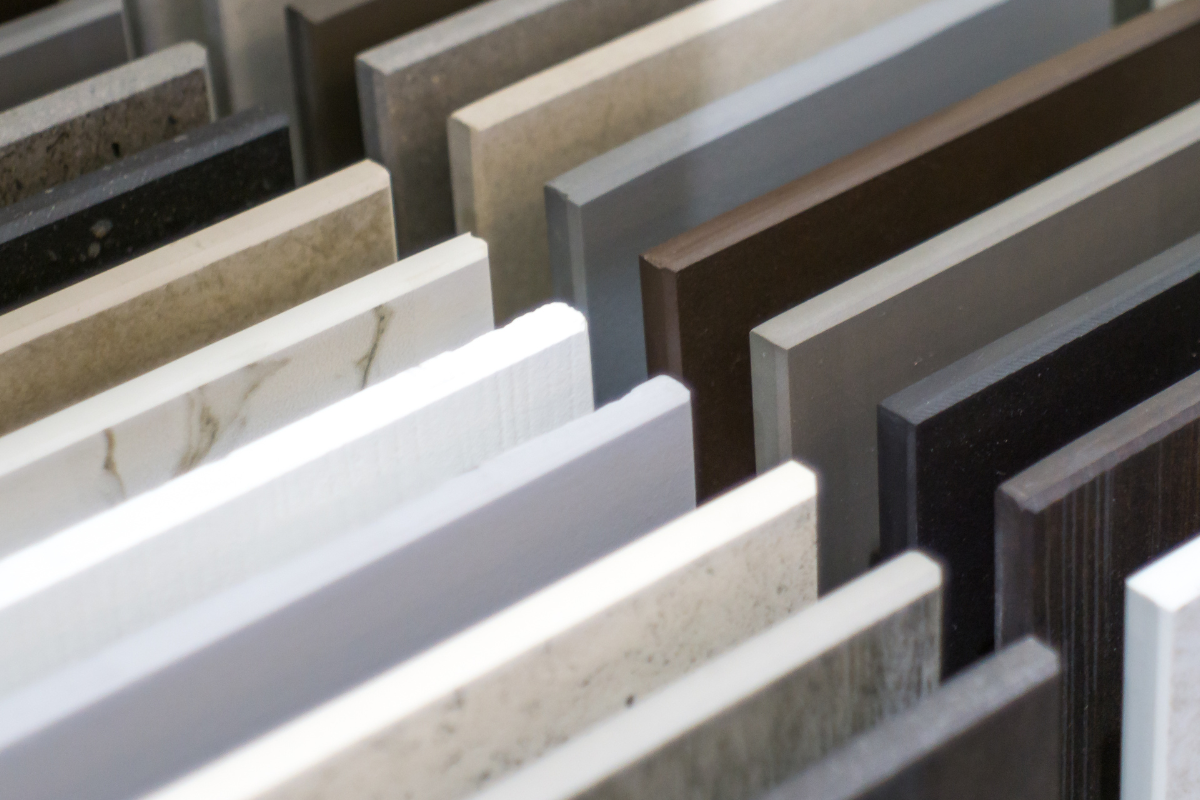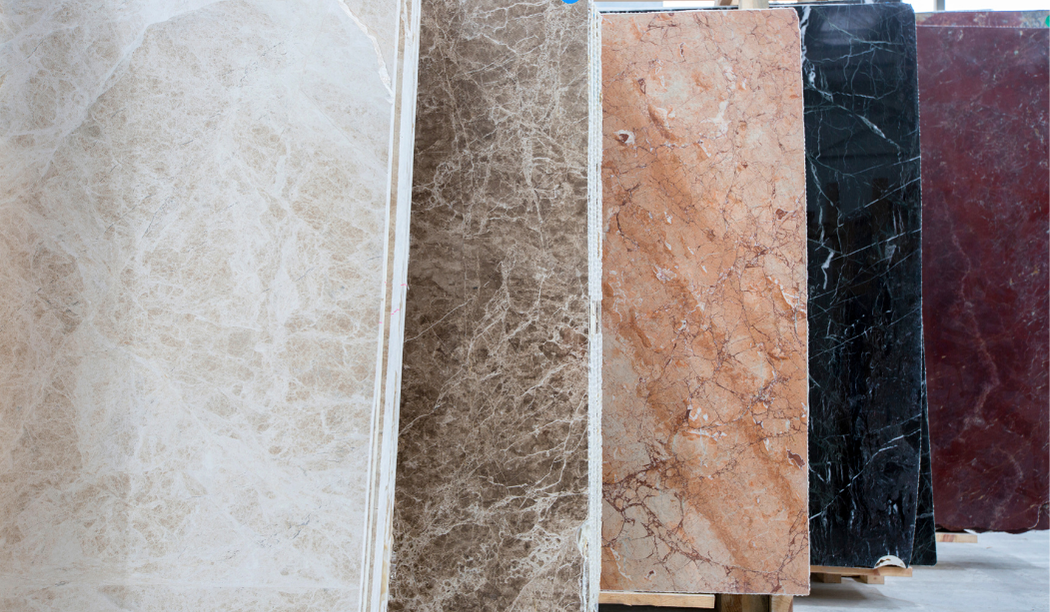Which Fits Your Kitchen: Quartz, Marble or Sintered Stone?

This blog breaks down the essential differences between quartz, marble, and sintered stone - three popular kitchen countertop materials. It provides a side-by-side comparison of their durability, heat resistance, stain resistance, look, and price, helping homeowners in Singapore choose the best fit based on their cooking habits, maintenance preferences, and design style for a confident and lasting renovation.
When it comes to choosing a surface material for your kitchen, few decisions feel as permanent as the countertop. It is the part of your home that you will see, touch and clean every single day. In Singapore, where kitchens are compact and heavily used, durability and design both matter.
Quartz, marble and sintered stone are three of the most popular choices. Each one offers its own strengths and limitations. Whether you are doing a full renovation or just updating your countertop, it helps to understand what you are really getting with each material — not just how it looks in a showroom.
Let’s break down the essentials so you can make a confident decision based on your lifestyle, preferences and budget.
1. Understanding the Basics
Each of these materials comes from a different background in terms of how they are made, how they perform and what kind of design flexibility they offer.
Quartz
Quartz is an engineered stone made from natural quartz crystals mixed with resins and pigments. The result is a durable and consistent material that is non-porous and comes in a wide range of colours.
Marble
Marble is a natural stone formed through heat and pressure deep within the earth. Every slab is unique with natural veining, giving it a classic and elegant appearance. However, it is more porous and softer than the other two materials.
Sintered Stone
Sintered stone is a newer engineered material created by fusing natural minerals under high heat and pressure. It mimics the appearance of natural stone but is designed to be even more resistant to heat, stains and scratches.

2. Key Differences at a Glance
Here is a side-by-side comparison of the three materials based on what matters most to Singaporean homeowners.
| Feature | Quartz | Marble | Sintered Stone |
| Durability | Very durable, but not heat-proof | Softer, more prone to scratches and chips | Extremely durable and heat-resistant |
| Low maintenance | Low maintenance | Requires sealing and more frequent care | Very low maintenance |
| Heat Resistance | Moderate — can be damaged by hot pans | Low — heat can cause marks | High — withstands direct heat well |
| Stain Resistance | Good — non-porous | Poor — absorbs liquids easily | Excellent — fully non-porous |
| Look & Feel | Uniform colours, wide variety | Natural beauty, unique patterns | Versatile — mimics stone, concrete or metal |
| Price Range | Mid-range | High-end | Slightly above quartz, less than high-end marble |
| Best For | Families who want easy maintenance and design variety | Homeowners who prioritise natural aesthetics | Those seeking durability with a sleek, modern or custom look |

3. What Fits Your Lifestyle?
Choosing the right material depends less on trends and more on how you live and use your space. Here are some real considerations that can help you decide.
If You Cook Frequently
If your kitchen sees regular cooking, heat and heavy use, durability becomes a top priority. Sintered stone holds up best under direct heat and heavy chopping. Quartz is also reliable, but you will need to be careful with hot pots. Marble, while beautiful, may stain or wear faster under this kind of use.
If You Want Low Maintenance
If you do not want to worry about sealing, cleaning with special solutions or dealing with stains, sintered stone and quartz are both excellent. Marble needs more care, especially if you cook with oil or acidic ingredients that can leave marks.
If You Love Natural Beauty
Marble wins in this category. Its veining and texture are impossible to replicate perfectly. If your home design leans toward classic or European styles, marble might be the visual centrepiece you are after. Just be aware of the upkeep that comes with it.

4. What About Design and Style?
Design plays a huge part in renovation decisions, especially in open-concept homes where the kitchen blends into the living area. All three materials have their own visual strengths.
Quartz offers the widest colour and pattern range because it is man-made. If you want pastel tones, speckles or consistent matte finishes, quartz gives you many options to choose from.
Marble brings timeless elegance and luxury. The uniqueness of each slab gives your home character, especially if you choose it for both countertops and vertical surfaces.
Sintered stone sits somewhere in between. It can mimic marble, cement, slate or even metal finishes, and the results look very realistic. It works well in minimalist, industrial or nature-inspired interiors, giving you flexibility in styling.
Which One Is Right for You?
There is no one perfect choice when it comes to kitchen surfaces. Each material has its own strengths. Quartz offers balance and ease. Marble brings timeless character. Sintered stone delivers modern performance with minimal upkeep.
The right material depends on how you live, how much maintenance you are comfortable with and the kind of look you want to achieve in your space. If you are cooking daily, hosting often or just want something beautiful that lasts, it is worth taking time to choose carefully.
At Pure Space, we help homeowners match materials to real-life needs. We are not here to push one option over another. We are here to understand how you live and guide you toward a decision that feels right — both in design and in function.
Book a free consultation with our team to view samples, compare textures and get honest advice based on your space, lifestyle and budget. Let’s help you build a kitchen that feels like home and works beautifully for years to come.
Contact us via WhatsApp (+65) 8593 3988
